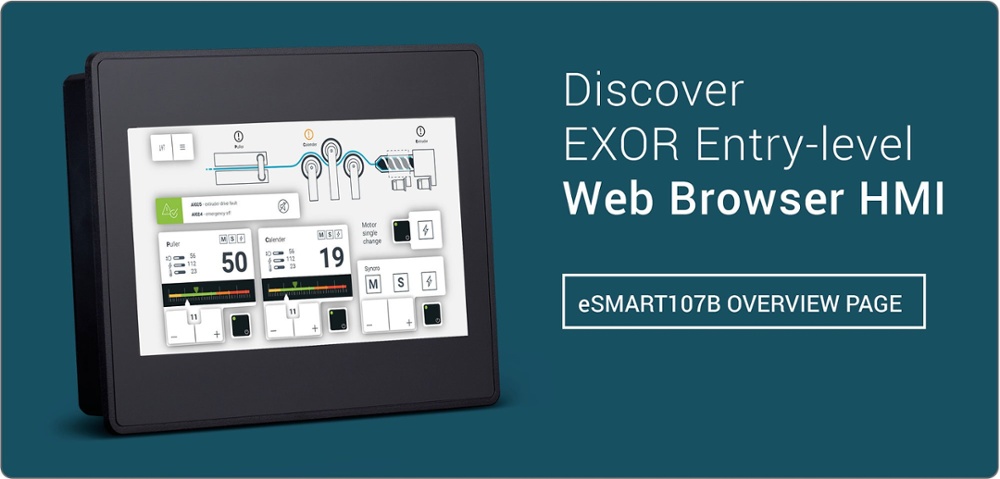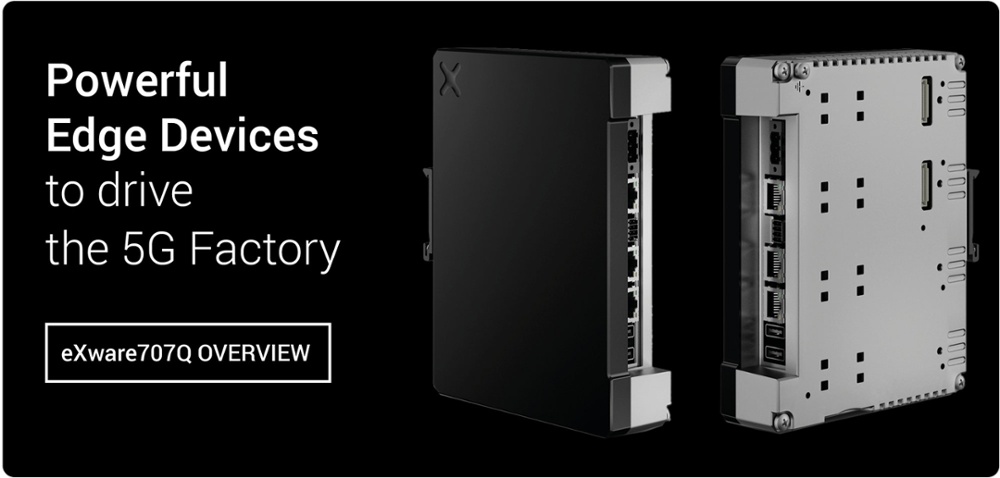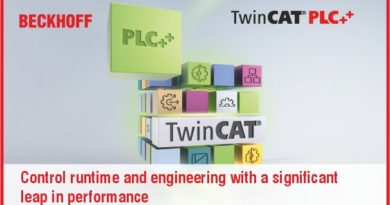WHAT WILL A 5G FACTORY MEAN FOR INDUSTRIE 4.0?
This article will discuss:
- The importance of 5G networks to Industrie 4.0
- What the 5G factory consists of and its operations
- What 5G factories mean for Industrie 4.0
Digital manufacturing and digitizing industrial processes are all the rage at the moment. The popularity of digitization in industrial facilities can be traced to the introduction of Industrie 4.0 in 2011 by German researchers. Although concepts such as lean manufacturing, kanbans, and Six Sigma had led to optimizing industrial processes, loopholes existed with automating operations and accurately capturing factory-floor data. The emergence of Industrie 4.0, the digitalized factory, and 5G is expected to cover these loopholes.
5G networks and the digitalized factory
The digital factory is one in which digital technology is used to operate the facility. Digital technology refers to digitization tools that include data-capturing hardware, analytical software, data-storage platforms, and data-transfer infrastructure. Digital tools are applied in the automation of industrial processes and optimization of manual processes but within the context of Industrie 4.0.
There is one important Industrie 4.0 concept that rules within a digitalized factory. That concept is interoperability. Interoperability thrives when machine-to-machine communications are possible and data transfer occurs seamlessly. To achieve near real-time interoperability and communication, a stable network is required that is largely immune to external disruptive forces while guaranteeing low latency. In the digital factory of today, the stable networks needed to deliver interoperability are generally being provided by wired connections because of the limitations of 4G networks for industrial applications.
On the other hand, wired connections come with multiple limitations due to the nature of how they offer their services. For large-scale, digital factory floors, wiring the entire facility is generally a costly initiative and leaves little room for future updates and refurbishment activities. Rewiring or deploying additional wires every time new equipment or systems are integrated into an existing facility is an expensive and cumbersome task which wireless technology seeks to eliminate. To ensure industrial facilities can reap the benefits of a stable wireless network without spending large amounts on interconnectivity, a 5G network was developed.
Unlike its predecessors, which were designed for mobile applications, the 5G network is designed for the industrial community and industrial applications. 5G network infrastructure relies on boxes which make it easily extensible in remote areas compared to 4G networks that rely on centralized masts for connectivity. Its networks also deliver the reliable, low-latency and high-bandwidth data transfer industrial factories are expected to rely on to achieve real-time automation and other Industrie 4.0 strategies.
What is the 5G factory?
The 5G factory refers to an industrial facility heavily supported by 5G networks. With 5G connectivity, the factory gains a stable means of transferring data and ensuring machine-to-machine, machine-to-device, and equipment-to-cloud communications. The networks are expected to be much faster than both 4G and wired networks while delivering zero lag during data transfers.
The 5G factory is expected to be a foundational aspect of Industrie 4.0 and the digitized factory. It also provides the foundation for deploying large-scale IoT projects, integrating artificial intelligence within the factory floor, and driving the use of robot systems and other automated processes in industrial facilities. 5G connectivity is also expected to be more affordable when compared to the cost of operating with 4G and wired networks.
What the 5G factory means for Industrie 4.0
The 5G factory or the digitalized factory is a facility equipped with the tools needed to capture shop-floor data and implement Industrie 4.0 business models. It provides a diverse potential for improving productivity and increasing safety on the shop floor. Some of its most important potential with Industrie 4.0 includes:
- Remote control of machines – Traditionally, automated systems within the factory floor rely on programmable logic controllers (PLCs) to receive the information needed to control factory equipment. The PLCs this equipment used was always physically installed and then connected to network connections using wired cables. The process was expensive and cumbersome for most industrial facilities. 5G networks provide a pathway for digitally controlling automated systems from a centralized industrial cloud platform which eliminates the costs associated with wired connections. The cloud control of machines means plant-floor equipment can be remotely controlled or automated from any location, which is an important tenet of Industrie 4.0.
- Large-scale implementation of edge computing – The decentralized, low-latency computing that edge devices bring to the table is expected to reduce the difficulties with implementing Industrie 4.0 business models. In a smart factory, edge devices are also expected to communicate with multiple assets on the shop floor and the cloud. To achieve this, a stable wireless network is required to connect the hundreds of edge devices, IoT devices, and smart devices deployed within a digitalized factory.
5G connectivity supports the deployment of large-scale IoT and edge devices, as well as the communication process that ensures these deployments function as intended. 5G wireless improves the connectivity and data transfer speed of edge applications while reducing the cost associated with connecting hundreds of assets deployed within the factory floor.
- Support for the implementation of digital technology in factories – Data-capturing technologies are not the only tools that Industrie 4.0 initiatives rely on to achieve a fully automated facility. Concepts such as artificial intelligence (AI) and the application of augmented reality – to improve safety and the decision-making process of robots or automated systems within the plant floor – are important aspects of Industrie 4.0. The ability of AI systems to analyze data and communicate instructions to other assets relies on stable, real-time connectivity.
5G networks provide that stability and speed that AI systems and augmented-reality solutions require to function accurately. The application of digital-twin technology and simulation modeling which requires real-time data streams from edge devices or IoT devices will also leverage the speed that 5G offers to ensure the accuracy of the information that digital twins and simulation models provide.
Conclusion
The 5G factory provides a digital industrial environment that supports even the most complex Industrie 4.0 initiatives due to the speed and reliable connectivity it brings to interconnected networks and plant-floor assets.





